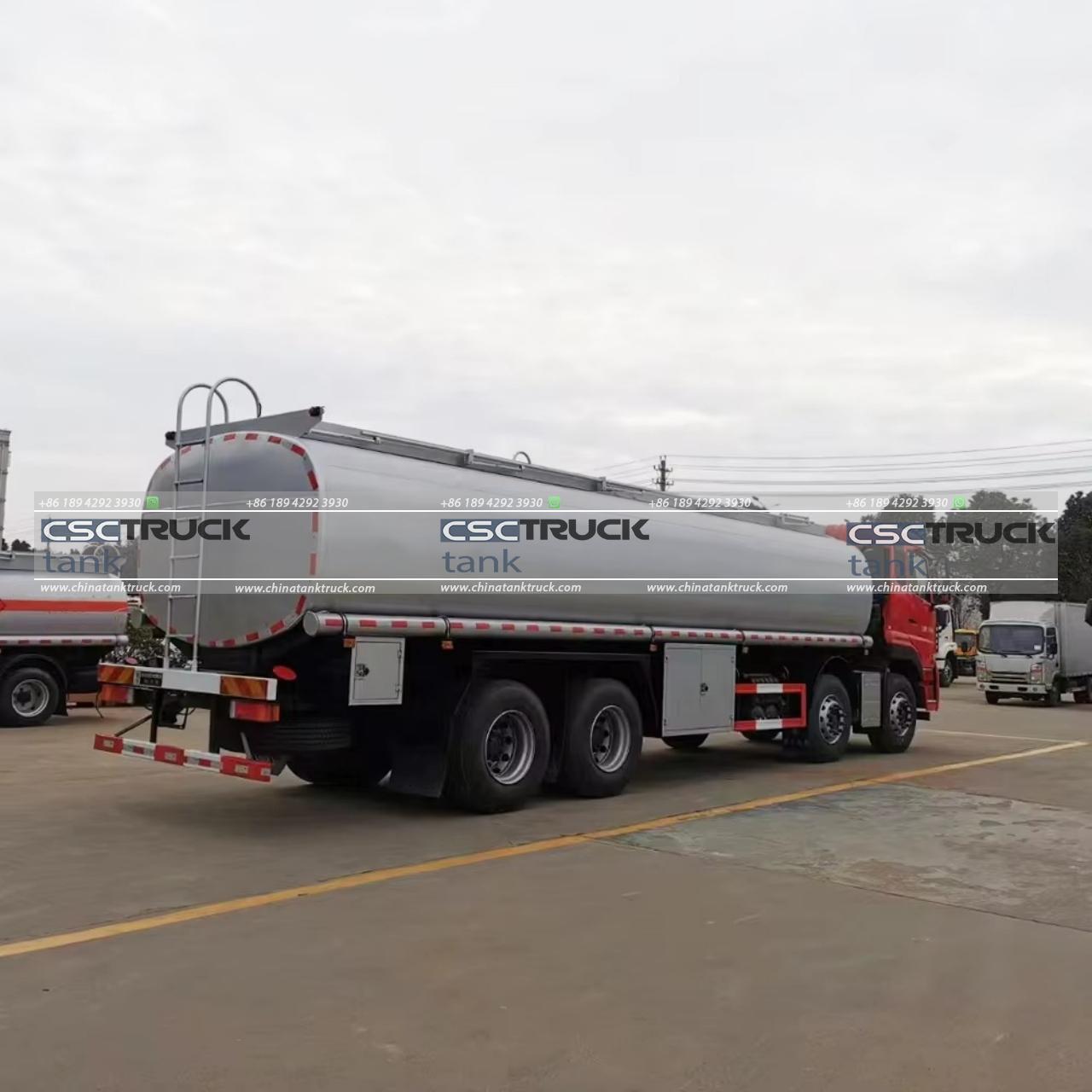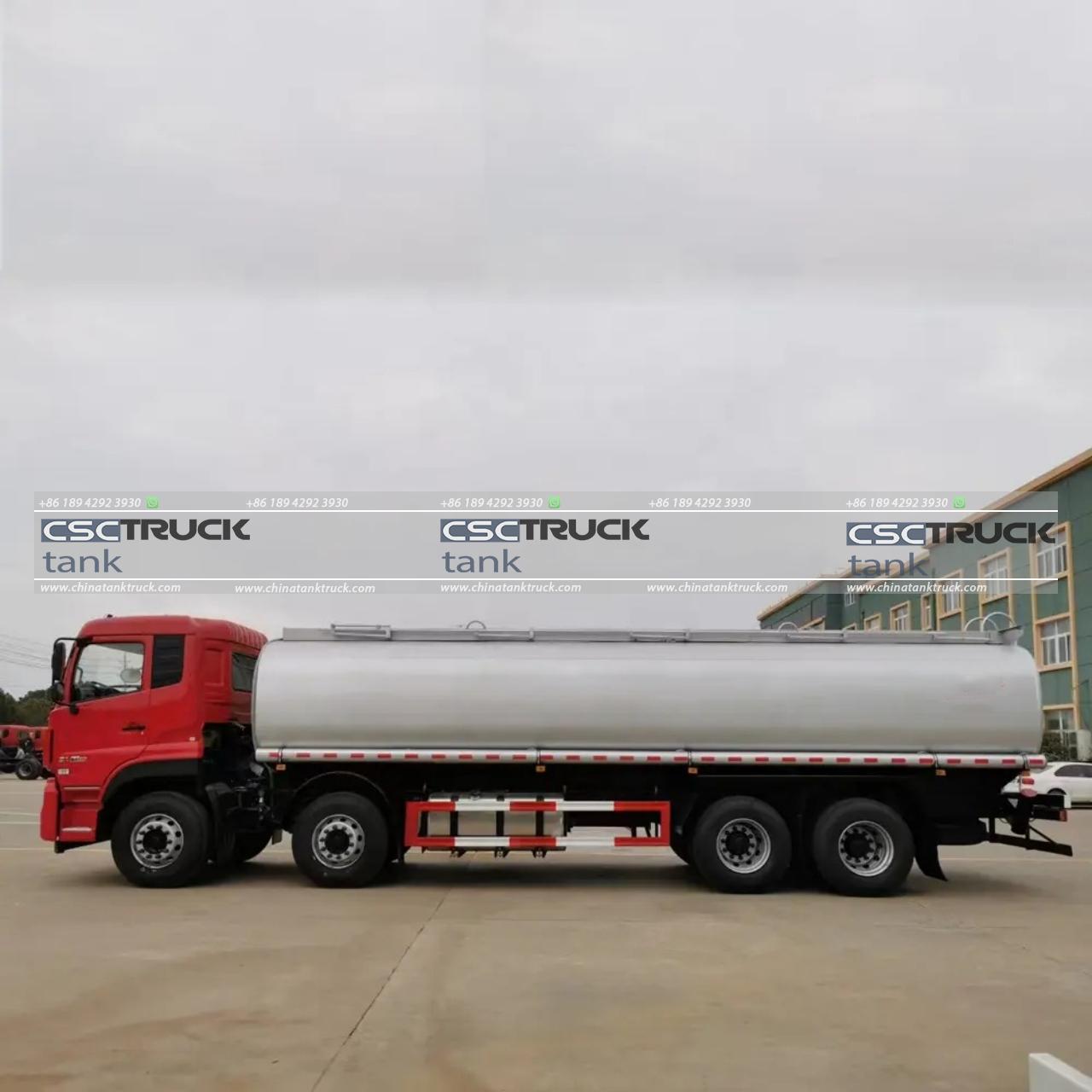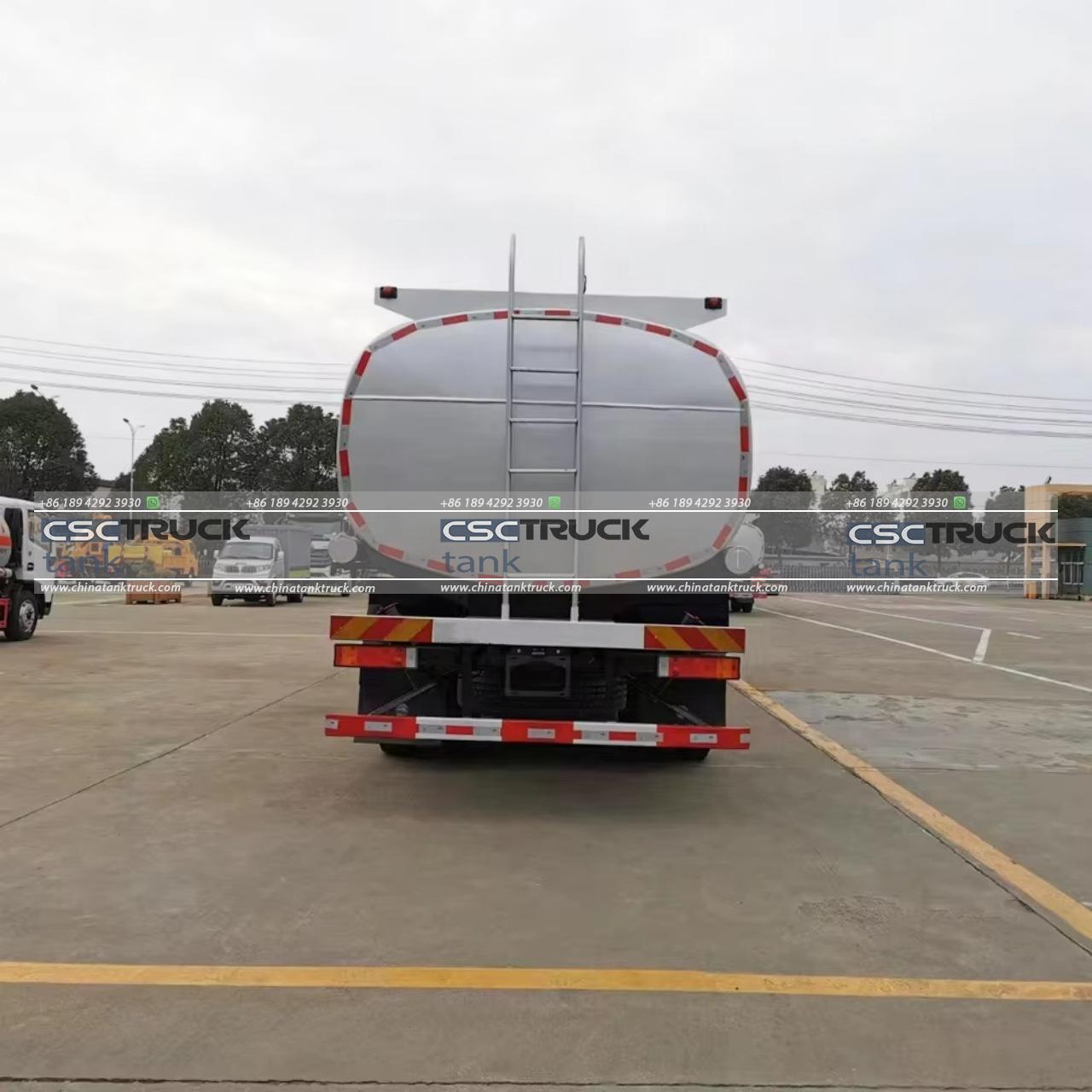Chemical Tank Trucks for Secure and Compliant Chemical Transport
Transporting chemicals poses unique challenges and hazards that demand specialized vehicles, strict regulations, and high standards of safety and compliance. Chemical tank trucks, specifically designed for transporting hazardous and non-hazardous liquids, gases, and chemicals, are essential to industries such as pharmaceuticals, agriculture, oil and gas, and manufacturing. This article will explore the purpose, design features, safety protocols, and regulations surrounding chemical tank trucks, highlighting their vital role in secure and compliant chemical transport.
1. Purpose and Importance of Chemical Tank Trucks
Chemical tank trucks play an indispensable role in the supply chain, enabling industries to transport chemicals safely across distances and varied terrain. The nature of chemical substances, ranging from corrosive acids to volatile hydrocarbons, requires transport that minimizes the risk of spills, contamination, and explosions. A specialized tank truck ensures that these substances remain contained, preserving their integrity while preventing exposure to the public and the environment. Moreover, certain chemicals are temperature-sensitive, requiring additional design elements to maintain stable conditions during transit. Overall, chemical tank trucks are vital for maintaining industry operations while upholding safety standards.

2. Key Design Features of Chemical Tank Trucks
Chemical tank trucks incorporate a range of advanced features designed to secure and control the chemicals they carry. Here are some of the primary design elements that contribute to their safety and effectiveness:
a. Tank Material
Chemical tank trucks are typically constructed from materials that resist corrosion and chemical reactions, such as stainless steel or specialized alloys. For certain chemicals, lined tanks (e.g., with rubber or polymer coatings) are used to prevent contamination or chemical degradation. The choice of material depends on the type of chemical being transported, with some requiring compatibility testing to ensure safe, inert conditions during transport.
b. Compartmentalization
Many chemical tank trucks are divided into multiple compartments, allowing for the simultaneous transport of different chemicals or varying grades of a substance. Compartmentalization is particularly useful for preventing cross-contamination and allows for safe transfer between loading and unloading locations. Each compartment has independent seals and valves, ensuring secure containment even in the event of a leak or malfunction in another section.
c. Pressure Control Systems
Certain chemicals, especially gases, require pressurization to remain stable. Chemical tank trucks often have built-in pressure control systems, including pressure relief valves and venting mechanisms, to maintain appropriate pressure levels. These systems prevent the buildup of excessive pressure, which could lead to a rupture or release of hazardous materials. For added safety, these controls are often automated and are continuously monitored during transit.
d. Temperature Control and Insulation
Chemicals sensitive to temperature fluctuations, such as liquefied gases or certain organic compounds, require temperature regulation during transportation. Chemical tank trucks may be equipped with insulation, heating elements, or cooling systems to keep contents within a safe temperature range. This is essential for maintaining the chemical’s stability and preventing hazards, particularly with chemicals that can become reactive or explosive outside certain temperature thresholds.
e. Loading and Unloading Mechanisms
Chemical tank trucks are fitted with specialized pumps, hoses, and valves designed for the safe loading and unloading of chemicals. These systems are typically made from corrosion-resistant materials and incorporate emergency shut-off features in case of spills or leaks. Closed-loop systems are common, ensuring minimal contact with the outside environment and thereby reducing the risk of contamination.
3. Safety Protocols in Chemical Tank Truck Transport
The transport of hazardous materials requires rigorous safety protocols to protect both the public and the environment. Here are some of the safety protocols specific to chemical tank trucks:
a. Driver Training and Certification
Drivers of chemical tank trucks must undergo specialized training, often including a Hazmat (hazardous materials) endorsement on their commercial driver’s license (CDL). This training covers the handling of hazardous materials, response procedures in case of spills or accidents, and the specific handling requirements for the types of chemicals they transport. Proper training is essential for ensuring that drivers understand the risks associated with their cargo and are prepared to manage potential hazards.
b. Vehicle Inspection and Maintenance
Chemical tank trucks must adhere to strict maintenance schedules to prevent equipment failure during transport. Regular inspections are mandated to check for signs of wear, corrosion, and damage, particularly in tank compartments, valves, and safety systems. Leak testing and pressure checks are standard procedures, helping to ensure that the truck’s containment systems are intact and functioning properly.
c. Emergency Response Plans
In the event of an accident or spill, chemical transport companies are required to have emergency response plans in place. These plans often include partnerships with specialized hazmat response teams, who are trained to contain and mitigate chemical spills. Chemical tank trucks are also equipped with emergency shutdown features that enable quick containment to limit exposure.
d. Spill Prevention and Control
To prevent chemical leaks and spills, tank trucks use secondary containment systems and spill containment materials in case of an accident. For instance, if a valve fails, secondary seals and emergency shutoff mechanisms can limit the release of the chemical. Additionally, drivers carry spill kits with absorbent materials, containment barriers, and personal protective equipment (PPE) to address minor leaks.

4. Compliance with Regulatory Standards
The transport of chemicals by tank truck is heavily regulated at both national and international levels. In the United States, for example, chemical transport is governed by the Department of Transportation (DOT) and the Environmental Protection Agency (EPA), among other agencies. Compliance with regulations is essential for legal operation and includes the following standards:
a. Hazardous Materials Regulations (HMR)
The DOT‘s Hazardous Materials Regulations (HMR) set out detailed requirements for the classification, packaging, labeling, and transport of hazardous materials. Chemical tank trucks must display hazard labels and placards that indicate the type of chemical they contain, allowing for immediate identification in case of an accident.
b. International Maritime Dangerous Goods (IMDG) Code
For chemical transport that involves intermodal transport, such as moving a chemical tank truck onto a container ship, compliance with the International Maritime Dangerous Goods (IMDG) Code is mandatory. This code specifies standards for packaging, labeling, and documentation of hazardous materials to ensure consistent handling practices globally.
c. Safety Data Sheets (SDS) Requirements
The Occupational Safety and Health Administration (OSHA) requires that Safety Data Sheets (SDS) accompany each shipment, detailing the chemical’s properties, handling instructions, and emergency measures. These documents are crucial in informing handlers and emergency responders about the appropriate actions in the event of a spill or exposure.
d. Environmental Regulations
Compliance with environmental regulations, such as those set forth by the EPA, is also critical. These regulations restrict the release of hazardous substances into the environment, specifying handling, disposal, and reporting procedures for spills. Fines and penalties can be imposed on transporters who fail to adhere to these environmental standards.
5. The Future of Chemical Tank Truck Design and Technology
Advancements in technology are shaping the future of chemical tank truck design and operation. Innovations such as real-time monitoring systems, automated safety controls, and predictive maintenance sensors are enhancing the security and efficiency of chemical transport. For example, GPS-enabled tracking systems allow companies to monitor truck locations and conditions in real time, ensuring compliance with route restrictions and timely responses to incidents. Additionally, AI-driven maintenance scheduling can predict when components might fail, allowing for proactive repairs and minimizing risk.
As environmental concerns continue to grow, there is also a push towards using more sustainable materials and processes in chemical tank truck manufacturing. The development of alternative fuels and electrification options for tank trucks could further reduce their environmental impact, aligning the industry with broader sustainability goals.

Conclusion
Chemical tank trucks are an integral component of the modern supply chain, enabling the safe and compliant transport of potentially hazardous materials. Through robust design, stringent safety protocols, and adherence to regulatory standards, these vehicles minimize risks and contribute to the safety of industries and the public alike. As technological and environmental innovations continue, the chemical tank truck industry is poised to become even safer and more efficient in meeting the demands of the future.

